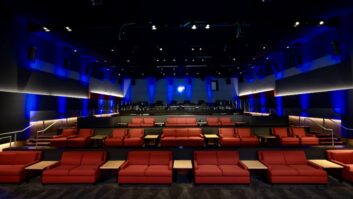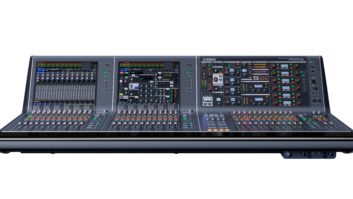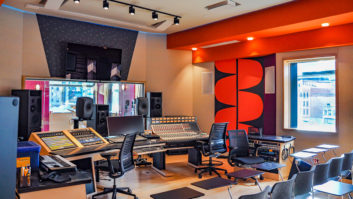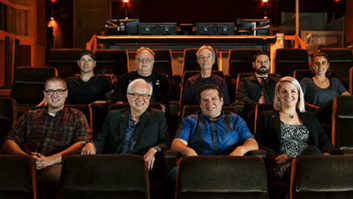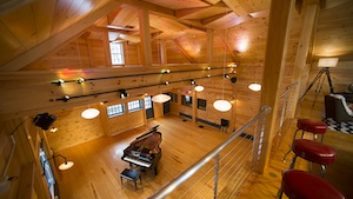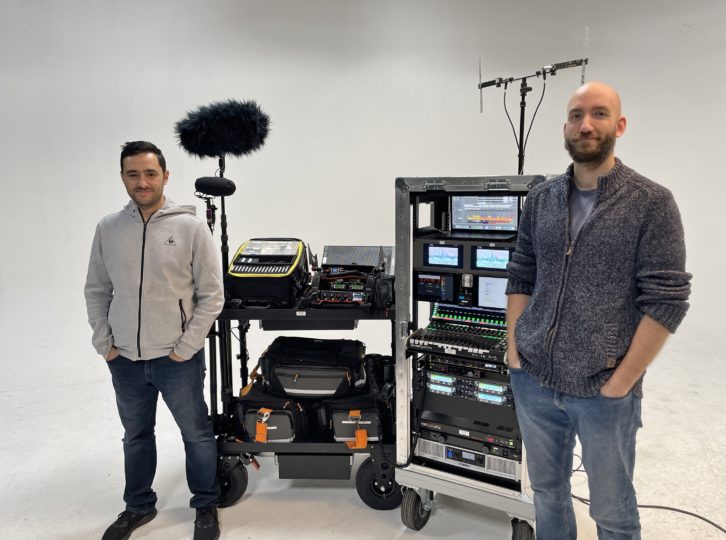
Toronto, Canada (January 6, 2022)—Audio Process, a one-stop shop for location recording, post-production and studio recording in Toronto, recently upgraded its cart and bag rigs to the Lectrosonics D Squared line.
Toronto is the third busiest media production city in North America after Los Angeles and New York, and the Audio Process team has over 50 feature films under its belt, plus experience with reality shows, episodic television, commercials and more.
“We dove into the Lectro digital world headfirst,” says lead location recordist Rob Morrice. The company’s inventory now includes DSQD four-channel, DCR822 dual-channel and DCHR compact stereo receivers. Sending signal to these is a host of DBSM body-pack transcorders, the DPR-A plug-on transmitter for boom work and DCHT camera hop transmitters.
The Period Sound of Passing
“This past summer, we did a show which follows a teenager who wins a singing competition, not unlike The Voice,” Morrice says. “It covered the behind-the-scenes of his life and the other contestants and was challenging because at any time, we were jumping between musical performances and scripted scenes, with as many as eight talent members at a time needing wireless. We used the DBSMs and DSQDs in this application, and with those plus comms for producers, there were a lot of frequencies flying around. It all worked flawlessly the first time out.”
The most noticeable improvement offered by the D Squared line is range, he says. “The legacy gear — say, SMVs being picked up by SRCs — was always pretty robust. But with any transmitter, you could get dropouts or a bit of a noise floor if you got out of range. The DBSM doesn’t do that. First of all, the range is just phenomenal. Second, if you do push it too far, you just hear a little roll-off of the high end and that’s how you know. But that hasn’t happened on any actual show I’ve used them on. I haven’t had to worry about signal issues, especially for my critical talent mics.”
Ryan Altschuler, co-owner and location recording manager, adds, “This has improved our workflow on all our productions. We fly our ALP690 antennas close to set. That lets us keep the cart a lot farther back, which is important as a Covid precaution. This was helpful with the [Digital Hybrid Wireless] kit, but with the D Squared it has been even more rock solid in terms of range.”
